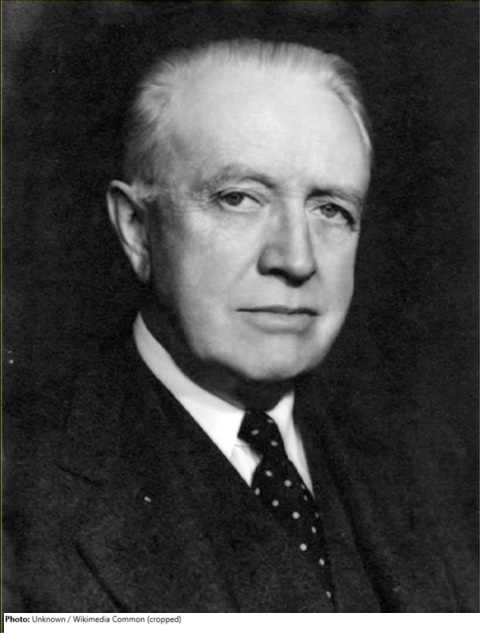Arthur Brown, Jr.

Biographical information
| Roles | Referee |
|---|---|
| Sex | Male |
| Full name | Arthur J.•Brown, Jr. |
| Used name | Arthur•Brown, Jr. |
| Born | 21 May 1874 in Oakland, California (USA) |
| Died | 7 July 1957 (aged 83 years 1 month 17 days) in San Mateo County, California (USA) |
| NOC |  United States United States |
Biography
Arthur Brown first studied at the University of California until 1896 and then from 1897-1901 at the École des Beaux-Arts in Paris, where he won several awards. After returning to the USA, he worked in Washington with Hornblower & Marshall. From 1905-28, he was a partner with John Bakewell Jr. (1872-1963) in San Francisco. Here Brown was primarily responsible for designs. After that, he left the partnership but continued to work with Bakewell on certain projects.
Brown taught at Harvard and at the University of California, where he was awarded an honorary doctorate in 1931. He was a member of the Institute de France, the American Institute of Architects, the American Academy of Arts and Letters from 1943, and a full member of the National Academy of Design from 1953.
Among his significant works were representative public buildings, which he erected as monuments in the traditional classicist style. He thus represented an anachronistic style of building at a time when modernism had already taken hold in the United States. Its best-known work is San Francisco City Hall, where his attention was also given to details such as light fixtures, floor patterns, and doorknobs. Several buildings at Stanford University also came from the partnership with Bakewell or were built shortly thereafter. The 1932 poured concrete erected Coit Tower on Telegraph Hill, however, is a well-known modernist landmark in San Francisco. In addition, he and Bakewell built railroad stations and residences, the latter in the Arts and Crafts style common to the region.
After parting ways with Bakewell, Brown designed some of the largest U.S. government building projects in Washington, D. C., before the construction of the Pentagon. His final works were primarily at the University of California at Berkeley, where he served as planner and chief architect from 1936-50.
Brown acted as a judge at the art competitions in 1924 as well as in 1932.
Referee
| Games | Sport (Discipline) / Event | NOC / Team | Phase | Unit | Role | As | |
|---|---|---|---|---|---|---|---|
| 1924 Summer Olympics | Art Competitions |  USA USA |
Arthur Brown, Jr. | ||||
| Architecture, Open (Olympic) | Final Standings | Judge | |||||
| 1932 Summer Olympics | Art Competitions |  USA USA |
Arthur Brown, Jr. | ||||
| Architecture, Designs For Town Planning, Open (Olympic) | Final Standings | Judge | |||||
| Architecture, Architectural Designs, Open (Olympic) | Final Standings | Judge |